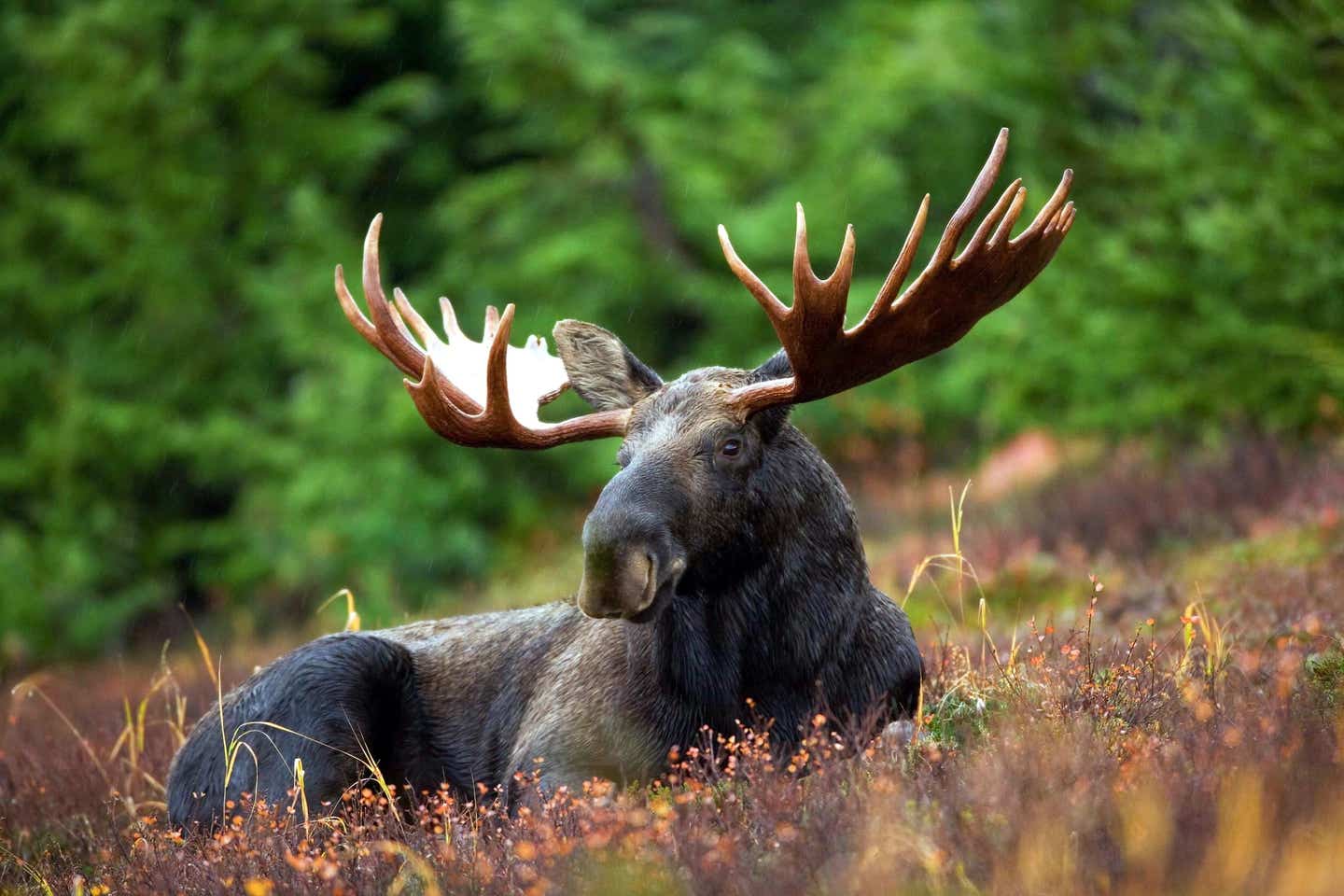Move over moose, surprising study reveals the ‘most Canadian’ animals
New study reveals Canada’s most evolutionarily distinct animals, with amphibians and reptiles topping the list. Learn what makes them unique.

This groundbreaking study shows that amphibians and reptiles, not the beloved beaver or iconic moose, represent Canada’s most unique animals. (CREDIT: Shivam Kumar via Unsplash)
A new study published in The Canadian Field-Naturalist has revealed some surprising insights about Canada's most evolutionarily distinct species. For the first time, researchers from Simon Fraser University have ranked terrestrial vertebrates in the country based on their national evolutionary distinctness (ED).
This groundbreaking study shows that amphibians and reptiles, not the beloved beaver or iconic moose, represent Canada’s most unique animals in terms of their evolutionary history.
The study focused on evolutionary distinctness, a measure that evaluates how long a species has evolved independently from its closest relatives. In this context, species with high ED scores have long evolutionary histories and fewer close relatives, making them irreplaceable components of Canada’s biodiversity.
Some species ranked as high as representing over a hundred million years of unique evolution. Among these, the spiny softshell turtle (Apalone spinifera) stands out as Canada’s most evolutionarily distinct terrestrial animal.
Emma Kominek, a master’s student who worked on the project, noted how the results offered both expected and surprising findings. "We weren't surprised by the Virginia opossum," Kominek said, "because it's Canada’s only marsupial. But the aquatic mudpuppy salamander? That was interesting."
Related Stories
The research involved a comprehensive analysis of Canadian vertebrates, spanning 222 mammals, 674 birds, 48 amphibians, and 49 reptiles. The team created top-20 lists for each taxonomic group, ranking the animals by their national evolutionary distinctiveness. These lists reflect species that contribute significantly to the "Canadian Tree of Life," a concept in biology that traces the evolutionary history of life on Earth.
According to the study, the most nationally evolutionary distinct animals by taxonomic group are:
- Pond Slider (exotic species)
- Spiny Softshell Turtle (turtles)
- Mudpuppy (amphibians)
- Northern Alligator lizard (reptiles)
- Virginia Opossum (mammals)
- Belted Kingfisher (birds)
Biological sciences professor Arne Mooers, who led the study and is a member of the Committee on the Status of Endangered Wildlife in Canada (COSEWIC), emphasized the importance of considering evolutionary heritage in conservation efforts. “Conservation of species at risk is often done at the national level,” Mooers explained. “So, it made sense to consider our national evolutionary heritage in this way.”
Mooers and his team hope that these national ED scores can help guide conservation policy. With biodiversity under increasing pressure from climate change, habitat loss, and limited resources, the study provides a new tool for policy-makers to prioritize conservation efforts. Species with high ED scores tend to have few close relatives, which means that if they are lost, a significant portion of evolutionary history is lost with them.
The study’s findings are particularly relevant given that many of the most evolutionarily distinct species, especially amphibians and reptiles, are also the most imperiled. These species contribute disproportionately to Canada’s evolutionary history, making their conservation even more critical.
Interestingly, the research also took a look at exotic species, animals that have been introduced to Canada due to human activity. Though these species are not native to Canada, seven exotic animals appeared in the top-20 lists.
Mooers expressed surprise at some of the findings. “Some of these exotic species, like the European wall lizard, come from far away, so it makes sense they have no relatives in Canada. But we were surprised to see the wild horse and feral pig ranking so high.” He added that in the future, there might be value in considering exotic species as part of Canada’s biodiversity and conservation efforts.
And what about the beaver, often considered Canada’s most iconic animal? Though it may no longer be the most evolutionarily distinct, the beaver still holds an important place in Canadian wildlife. Both the American beaver and the mountain beaver made the top-20 list of the most distinct mammals, coming in at number three and six, respectively. Parks Canada won’t need to change its logo just yet.
The implications of this study extend beyond just identifying which species are the most unique. Conservation agencies now have a new metric to use when determining which species to prioritize for protection. Evolutionary distinctness provides a way to preserve not only individual species but entire branches of evolutionary history.
As Mooers put it, “To the extent that evolutionary isolation captures aspects of biodiversity worth preserving, our lists may provide useful input for conservation prioritization exercises.”
This pioneering research sets a precedent for other countries and regions to evaluate their own evolutionary heritage. By understanding the unique evolutionary paths of its species, Canada is taking a step forward in protecting its natural history for generations to come.
Note: Materials provided above by The Brighter Side of News. Content may be edited for style and length.
Like these kind of feel good stories? Get The Brighter Side of News' newsletter.



